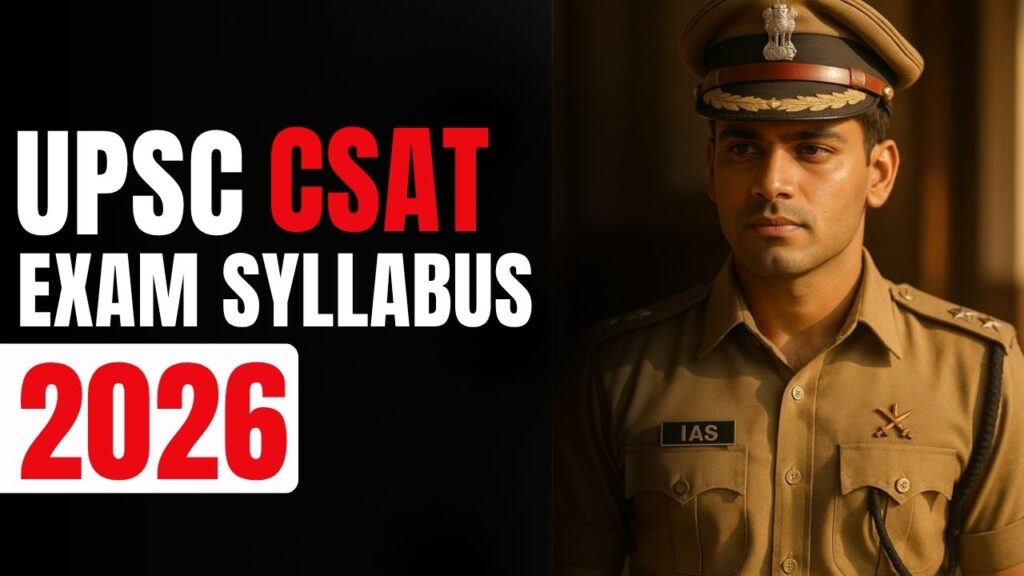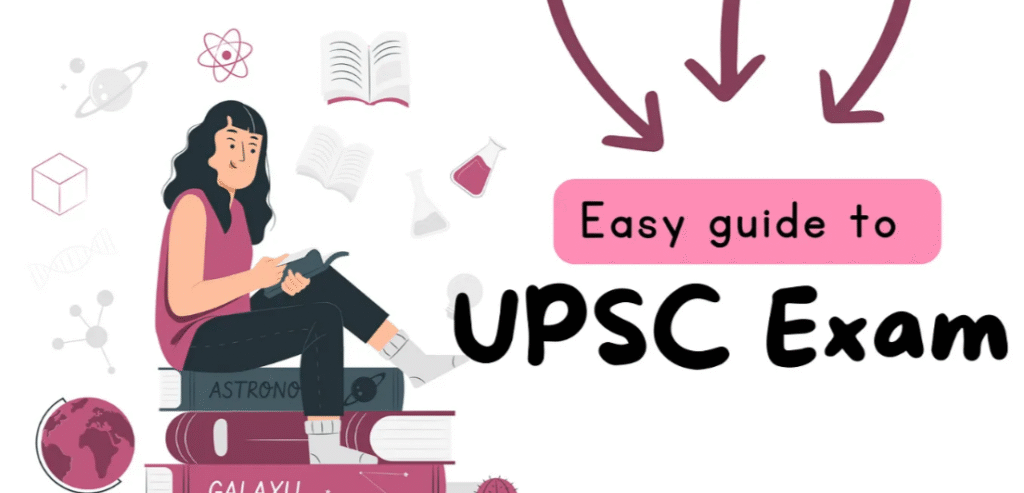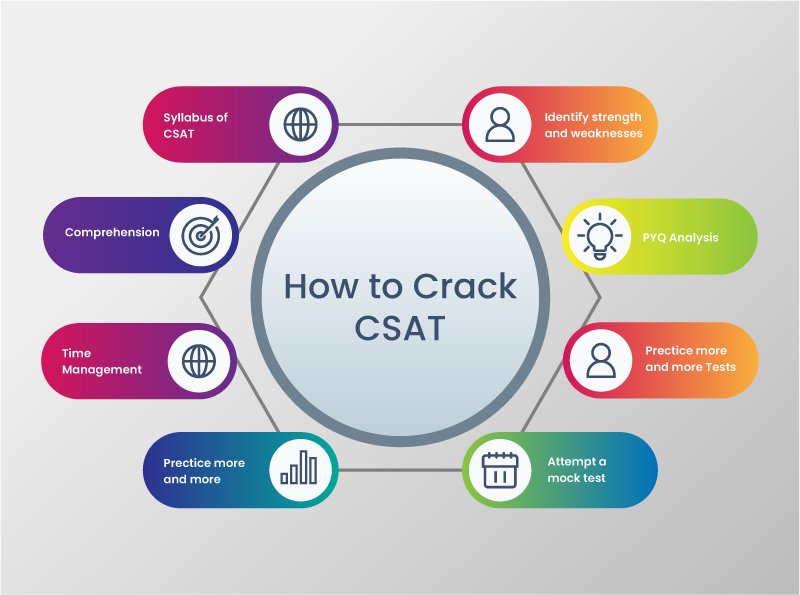📘 UPSC CSAT Syllabus 2026: Detailed Guide
The CSAT (Civil Services Aptitude Test), officially known as General Studies Paper‑II, is the second paper of the UPSC Preliminary Examination (2026). While qualifying in nature, it’s mandatory to secure at least 33% (≈ 66 marks) to qualify for the Mains, regardless of performance in Paper I Vision IAS+12iassetu.com+12SuperKalam+12.
📝 Exam Pattern
- Total Questions: 80 (Multiple Choice Questions)
- Marks: 200 total (2.5 marks per question)
- Duration: 2 hours
- Negative Marking: −0.83 marks (1/3rd) for each incorrect answer
- Medium: English and Hindi
- Only Paper I marks count toward selection; Paper II is elimination-based Vision IAS+8CivilSaarthi+8SuperKalam+8SuperKalam.
Download upsc csat syllabus 2026 pdf
📊 CSAT Syllabus 2026: Topic-Wise Breakdown
The syllabus is grouped into seven key areas to test aptitude, reasoning, comprehension, and numeracy at Class X level Drishti IAS+4PWOnlyIAS+4ClearIAS+4:
- Comprehension
- Reading and interpreting unseen passages from varied themes (economics, social issues, science, philosophy).
- Involves direct questions, inference, and vocabulary-based reasoning iassetu.comSuperKalam.
- Interpersonal & Communication Skills
- Situational judgment, clarity of thought, problem resolution scenarios, and communication effectiveness PW Live+13iassetu.com+13CivilSaarthi+13.
- Logical Reasoning & Analytical Ability
- Syllogisms, coding-decoding, puzzles, series, seating arrangements, blood relations, direction sense, statements & conclusions, analogy, classification, Venn diagrams IASSCORE+10PWOnlyIAS+10CivilSaarthi+10.
- Decision Making & Problem Solving
- Real-world ethical or administrative scenarios requiring sound judgment and action prioritization PW Live+2iassetu.com+2CivilSaarthi+2.
- General Mental Ability
- Includes deduction, pattern recognition, mathematical reasoning, data sufficiency, sequences, and analytical tasks Drishti IAS+8iassetu.com+8CivilSaarthi+8.
- Basic Numeracy (Class X Level)
- Topics include number systems, L.C.M./H.C.F., percentages, ratio & proportion, averages, speed/time/distance, time and work, profit & loss, statistics, geometry, algebra basics, and mensuration Vision IAS+13PWOnlyIAS+13iassetu.com+13.
- Data Interpretation & Data Sufficiency
- Interpreting bar charts, pie charts, tables, line graphs, and caselets. Evaluating whether given data is sufficient to answer questions Drishti IAS+7PWOnlyIAS+7Vajiram & Ravi+7PW Live+1iassetu.com+1.
📚 How to Prepare Effectively
- Practice Regularly: Solve previous years’ CSAT papers to understand themes and difficulty.
- Timed Tests: Build speed and accuracy for MCQs under the 2-hour constraint.
- Focused Reading: Improve comprehension through editorials, technical passages, and analytical articles.
- Logical Strengthening: Work on puzzles, coding-decoding, seating arrangements, and analogies.
- Math Drills: Build a solid foundation in basic numeracy with daily practice on percentage, speed-distance-time, and profit-loss problems.
- Test Series: Join mock test programs for feedback and performance review Drishti IAS+11CivilSaarthi+11PW Live+11PW Live.
✅ Why CSAT Preparation Matters
Many high-scoring candidates in General Studies (Paper I) are eliminated due to insufficient CSAT scores. Since it’s qualifying, scoring just above 33% is sufficient—but it’s easier said than done without attention to detail and regular practice. Strategizing your CSAT preparation can be the difference between success and elimination.
🧩 Quick Summary Table
| Section | Focus Areas |
|---|---|
| Comprehension | Passage reading, inference, vocabulary |
| Interpersonal & Communication | Situational judgment, clarity, articulation |
| Logical Reasoning | Syllogisms, coding, puzzles, seating, series |
| Decision Making | Ethical/admin scenarios |
| General Mental Ability | Deduction, analytical aptitude |
| Basic Numeracy | X‑level maths: ratio, %age, profit, geometry |
| Data Interpretation | Charts, graphs, tables & data sufficiency |
Stay confident but never complacent—CSAT can’t be ignored. Focused preparation across these seven sections will ensure you cross the qualifying line and march ahead toward UPSC Mains.



